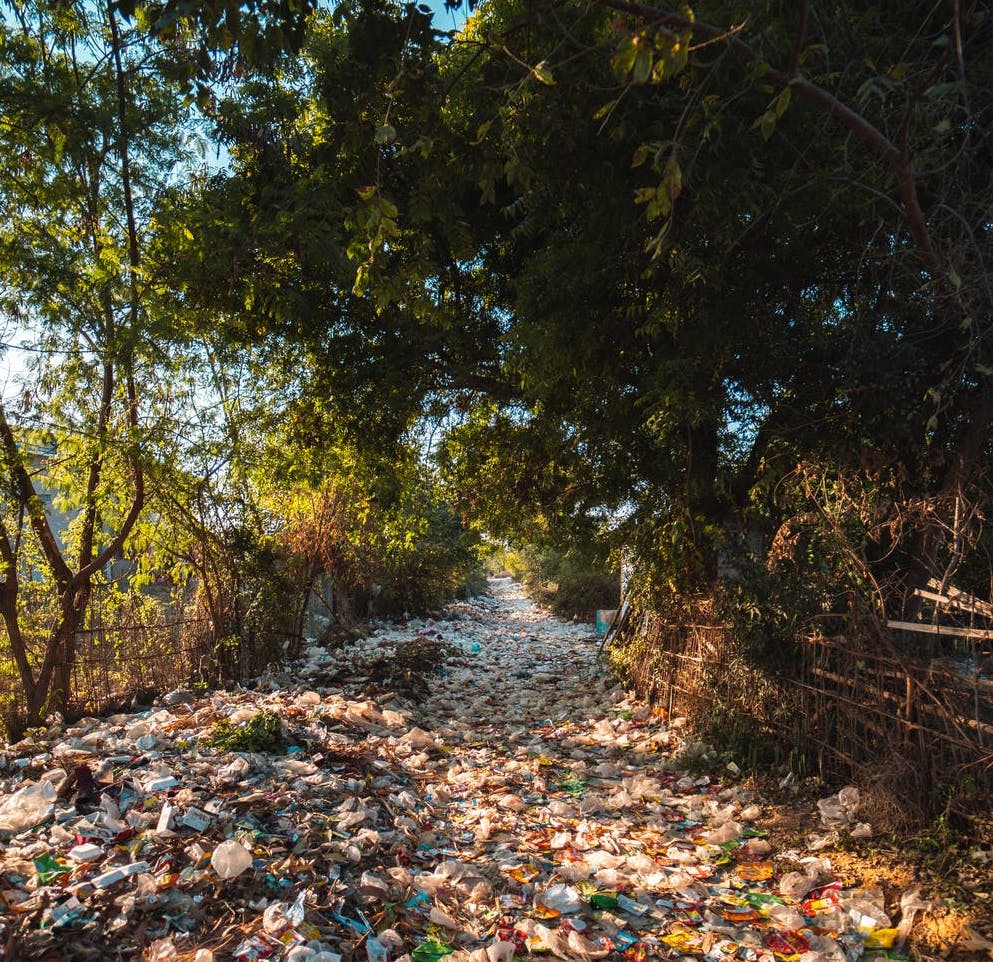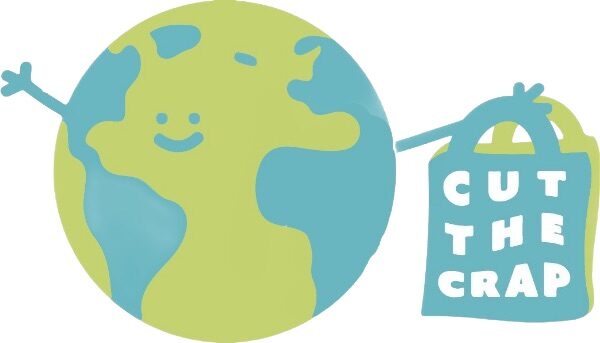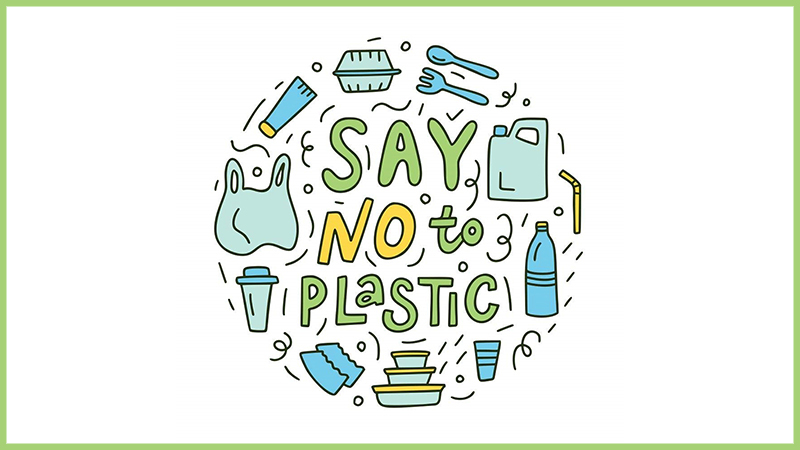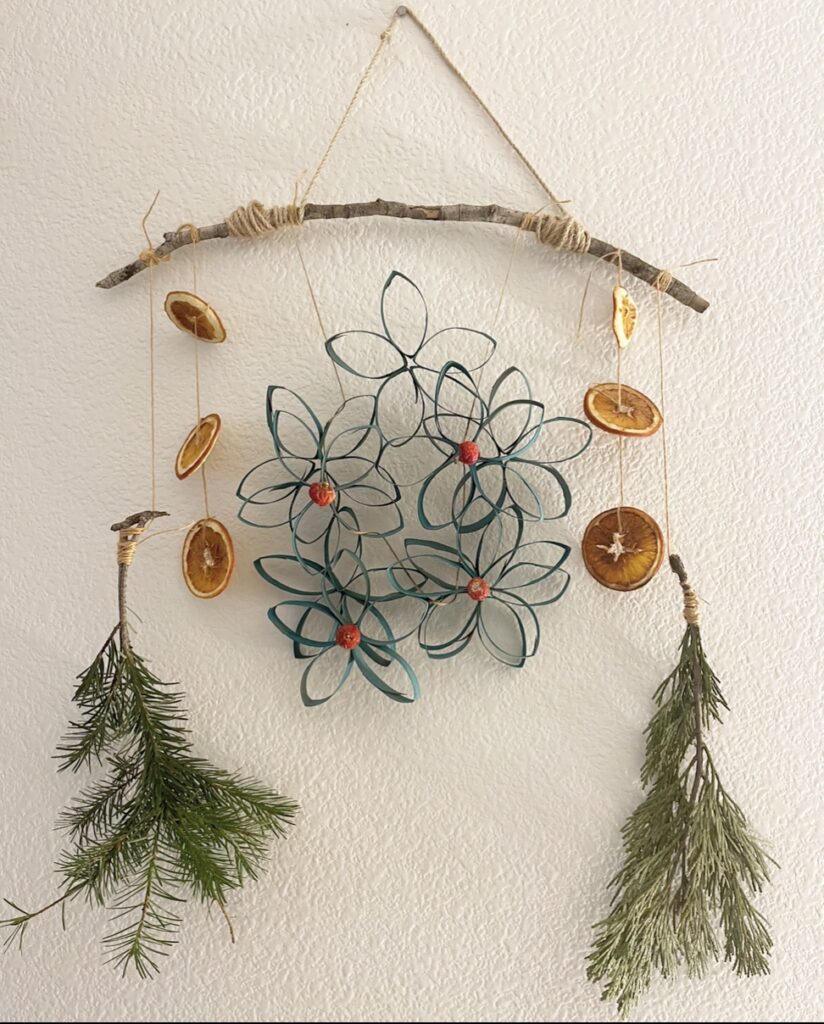
What are Microplastics?
This week I wanted to cover the topic of microplastics. This is one that I have been wanting to write about for a while, but was kind of nervous to do so because it tends to paint a bleak picture of the situation that we are facing. While this topic can be a little overwhelming, I think it is incredibly important for people to start understanding the long-term effects of plastic are for not only the planet, but our health. This article will give you a brief overview of the topic, the effects, what’s next, and way’s you can take action.
Microplastics are any piece of plastic that is less than five millimeters in length, which is the size of a sesame seed! Microplastics are found virtually everywhere in our world, from the bottom of our ocean, to Mount Everest, to underground aquifers. You may be surprised to learn they are in common lifestyle products like body products and toothpastes, and even come off from our clothes when we do laundry! Four to twelve million tonnes of plastics are going into the oceans each year. Continuing on this trajectory, plastic is most likely going to exceed the amount of fish in the ocean by 2050.
Once more people realize the importance of understanding how microplastics will affect us and the planet, we will be in a much better position to start supporting and implementing some of these reduction and management solutions that are out there.
Primary vs secondary microplastics
Primary microplastics are tiny particles designed for commercial use. The most common examples are found in cosmetic products and spills in the environment. Primary microplastics tend to get into our environment when they are washed into waterways. Large pieces of plastic that end up in our environment break down as they are exposed to factors such as wind, water, and sunlight. (1)
Secondary microplastics are tiny pieces of plastic that result from the breakdown of a larger item, like the microfibers in textiles and fishing nets or items like plastic bags and water bottles. Once these items are broken down, the plastics don’t disappear, “they just become much harder for us to see, to clean up, and to understand”. (3)

The effects
A new study done by the University of Newcastle, Australia, found that the average person ingests approximately 5 grams of microplastics a week. This is the equivalent of a credit card! They have been found in samples of water, salt, honey, and sugar, which are all common staples in our pantries. (Yale) Learning these facts really made me sit down and realize that microplastics need to be taken seriously and should be on everyone’s radar.
Microplastics have been found to “disrupt reproductive systems, stunt growth, diminish appetite, and cause tissue inflammation and liver damage” in marine animals (2). More and more research and proof is coming out that the plastics we are ingesting is damaging our endocrine systems as humans, which is obviously concerning to hear. Microplastics are able to bind with a lot of other toxins found in waterways and the environment, which poses a threat to us when we are ingesting those extra hazardous microplastics. (4) These are just some of the health impacts that can come from plastics, as it is harmful throughout the entire lifecycle.
In terms of soil health, various microplastics have been found to affect soil pH, respiration, and enzymatic activities depending on their molecular size and shape. (5) If that’s not alarming enough, plastic that doesn’t wash into our waterways ends up in landfills, which leach chemicals into the soil. Once microplastics are in the soil and waterways, they become easy for other organisms to ingest. Microplastics have the power to wreak havoc on any ecosystem that they infiltrate, especially as the numbers of plastics entering the environment continue to rise.
What’s next?
Plastics are something that we all most likely encounter and use in our daily lives, and it is also something that we will most likely always see in some shape or form throughout the foreseeable future. Due to the large amounts of plastic types on the market, there so far isn’t one solution that would target every microplastic in our environment.
Luckily, it is becoming more common for industries to start integrating the use of plastics made from renewable, plant-based materials. (Yale) This Yale article points out the fact that we are most likely always going to rely on plastics, but that doesn’t mean we need to keep creating bad plastics made out of toxic materials like oil and petroleum. The article says that the long-term solutions is going to be designing “plastics” that have the same character and quality but made sustainably. (2)
Breaking the Plastic Wave uses a global analysis to extensively model the impact of plastics in our ocean, and explores solutions we already have the technology for. The intervention measures that they discuss are: reducing growth in plastic production, substitute plastics with alternatives, design recycling-friendly products, improve waste collection, increase mechanical recycling, develop plastic-to-plastic conversion, build better disposal facilities, reduce plastic waste exports. I highly encourage anyone who is interested in the future of plastics, the article by PEW is worth the read!
What can you do?
1. Assess where in your life you can cut out plastics. This Cut the Crap article features many ideas for cutting out plastics and other waste during your daily routines!
Eco-friendly Resolutions for the New Year
2. Adopt-a-Drain to keep plastics and other pollutants out of our waterways. (WA, MN, NJ, MA)
3. Host a litter cleanup, do one by yourself, or search online groups and community pages to see if there are any cleanup events happening in your area. (Find resources here)
4. Volunteer with local recycling advocacy and plastic reduction initiatives. A simple Google search will usually do the trick, but you can always post in online groups to find opportunities as well!
Do you have a topic that you would like to see covered, or get more resources about? Reach out to me through the Contact page with your request!
Sources:
- https://www.nationalgeographic.org/encyclopedia/microplastics/
- https://sustainability.yale.edu/explainers/yale-experts-explain-microplastics
- https://thestrand.ca/microplastics-explained/
- https://www.endocrine.org/news-and-advocacy/news-room/2020/plastics-pose-threat-to-human-health
- https://www.frontiersin.org/articles/10.3389/fenvs.2021.675803/full





